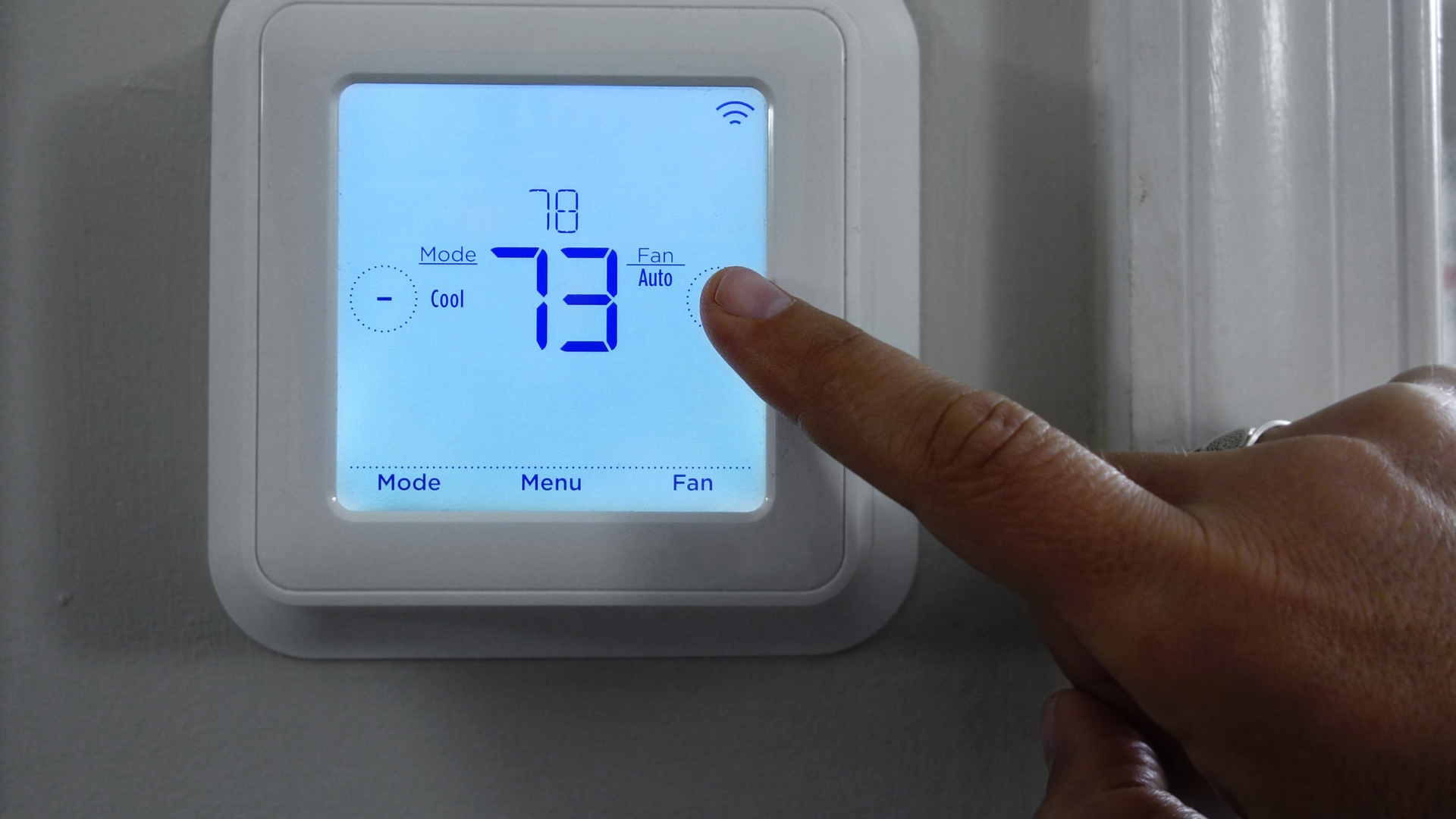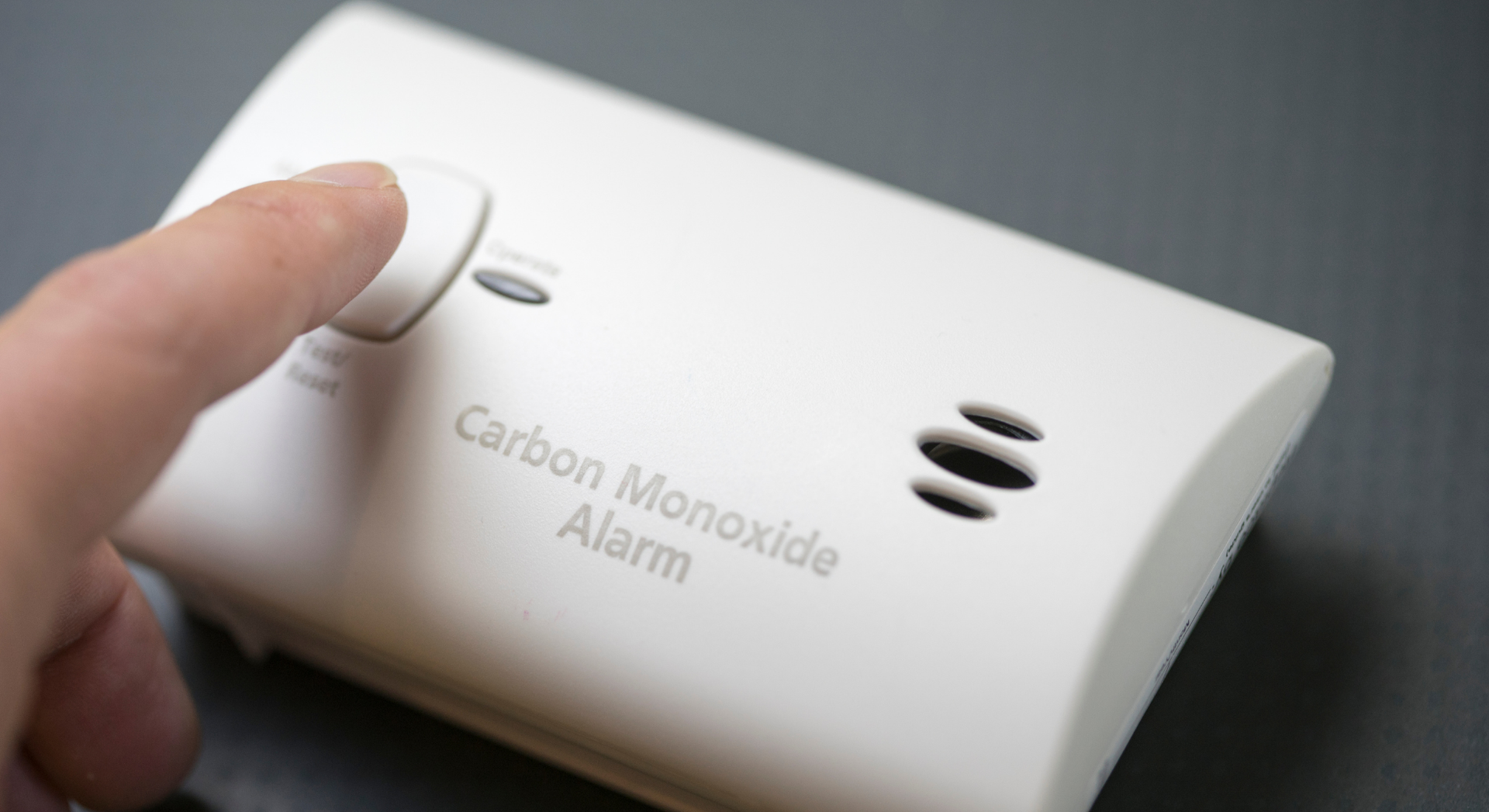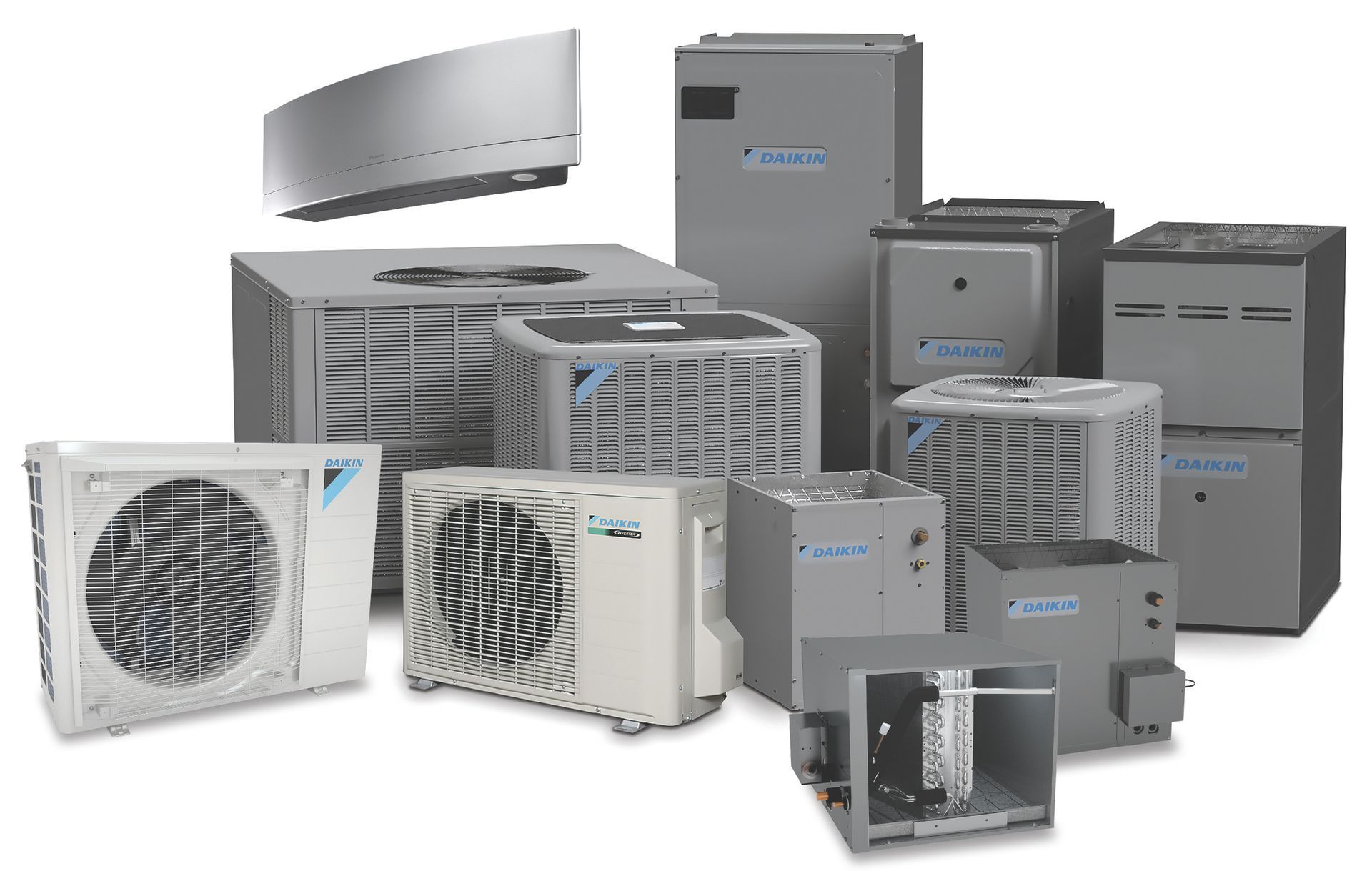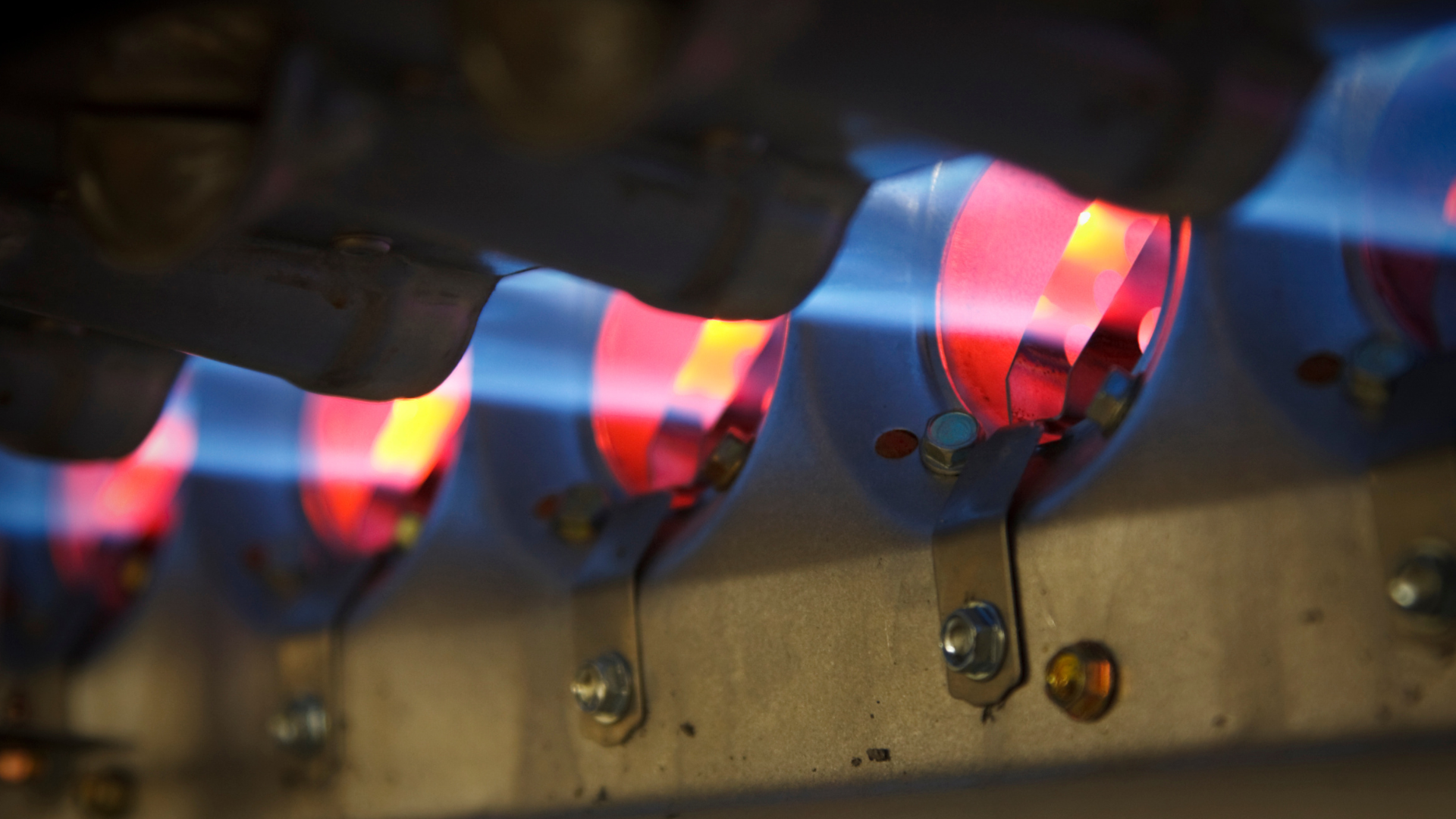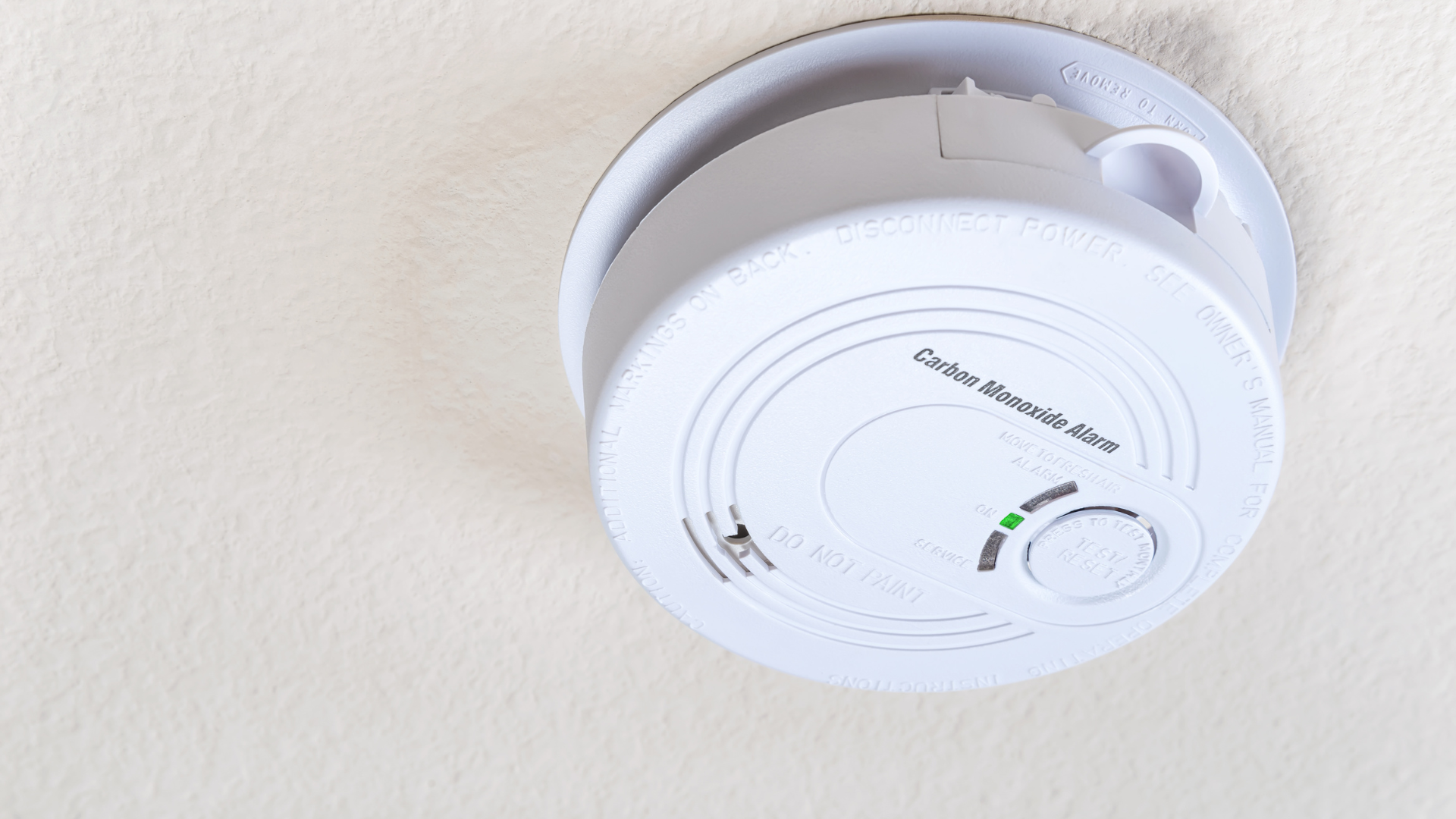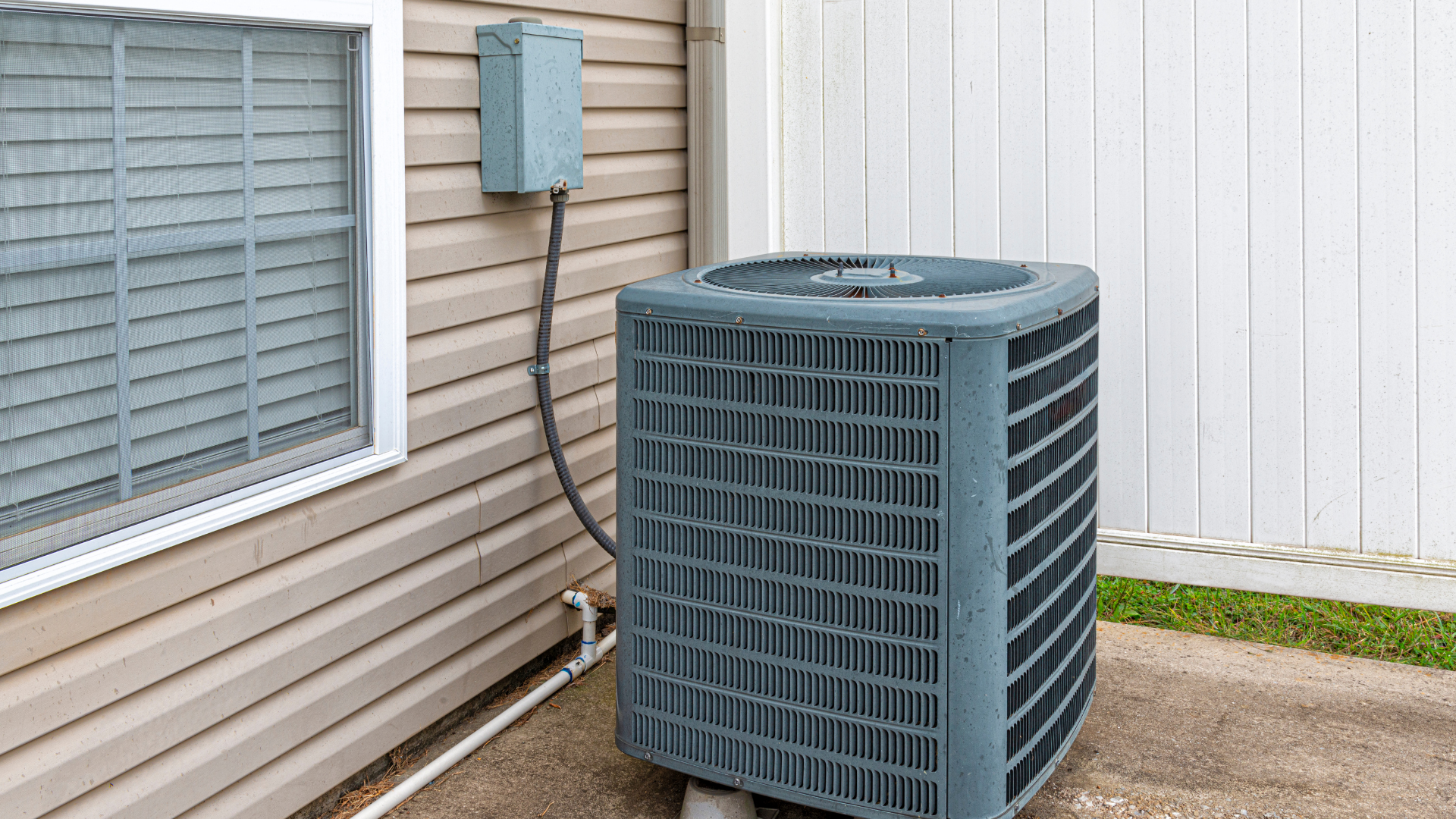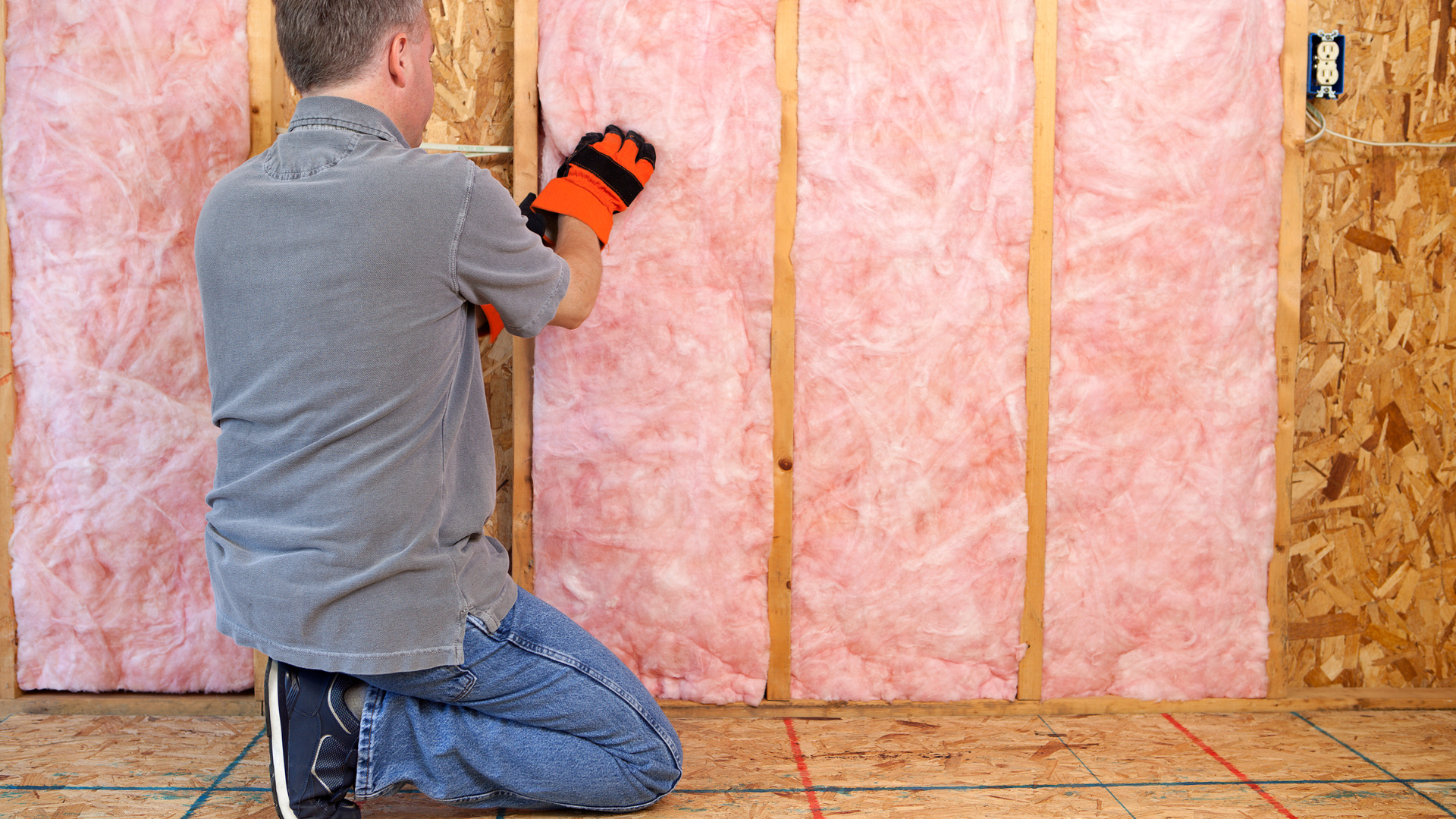Your Guide to Choosing Cost- and Energy-Efficient Light Bulbs
Your Guide to Choosing Cost- and Energy-Efficient Light Bulbs
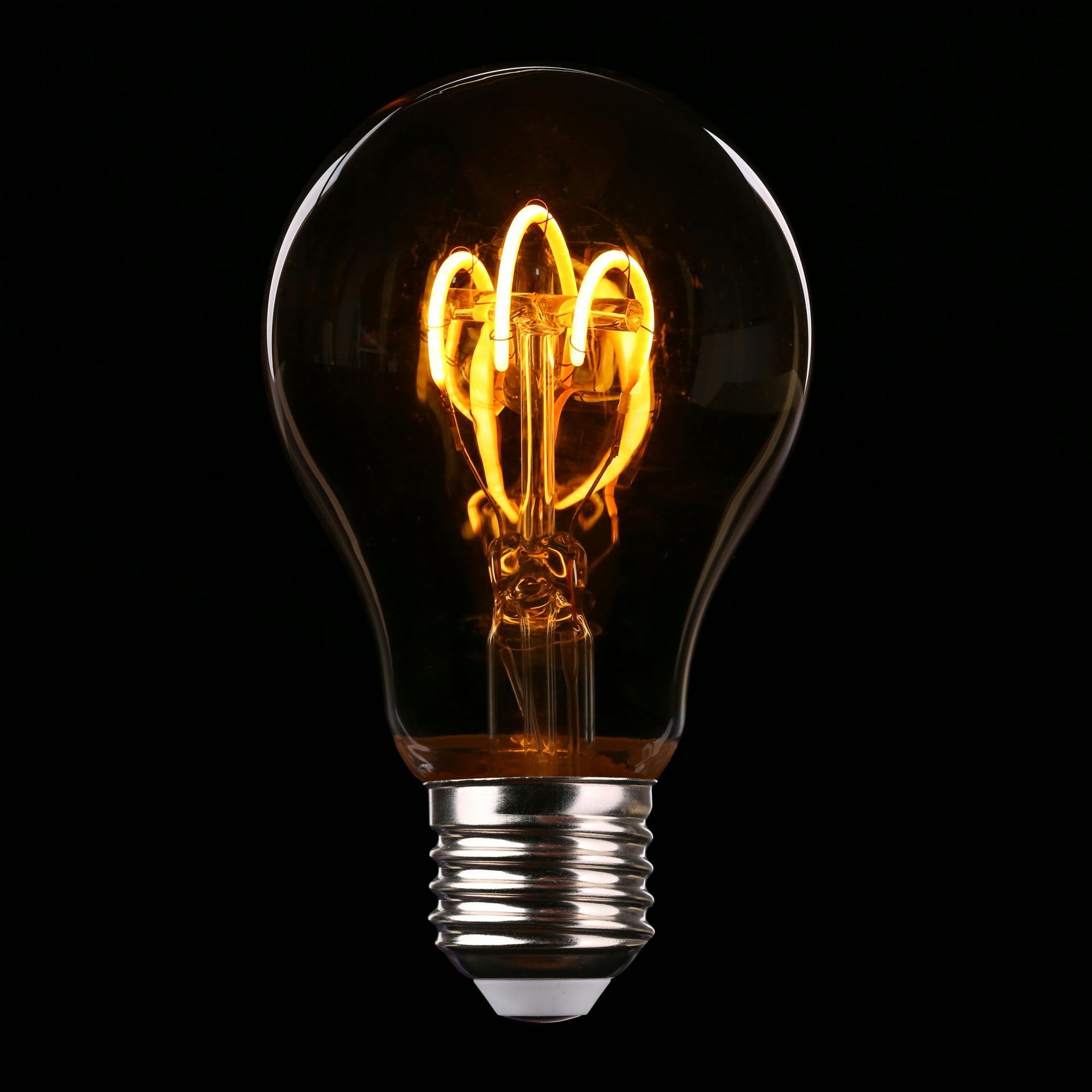
Thinking about making the switch to more energy-efficient lighting? It's one of the easiest and most impactful changes you can make to your home. Not only can it significantly reduce your energy bills, but it also lessens your environmental footprint. This guide will walk you through the most efficient light bulb options and the key factors to consider when choosing the right ones for your home's interior and exterior.
The Most Energy-Efficient Light Bulbs: LEDs
When it comes to energy efficiency, LED (Light Emitting Diode) bulbs are the undisputed champions. According to the U.S. Department of Energy, LED bulbs use at least 75% less energy and can last up to 25 times longer than traditional incandescent bulbs. While their upfront cost may be slightly higher, the long-term savings on energy bills and replacement bulbs make them the most cost-effective choice.
LEDs are also incredibly versatile. They come in a variety of shapes, sizes, and styles, including traditional A-style bulbs, floodlights for recessed fixtures, and even decorative filament bulbs. They are durable, perform well in cold weather (making them ideal for exterior use), and are available with features like dimmability and smart home connectivity.
For outdoor lighting, you can also consider solar-powered LED lights, which don't use your home's electricity at all, providing maximum energy savings.
Things to Consider When Choosing a Light Bulb
When you're shopping for new light bulbs, it's important to look beyond just the wattage. Here's what you should consider to ensure you get the perfect bulb for every space:
1. Lumens, Not Watts
While older incandescent bulbs used wattage to indicate brightness, modern bulbs use lumens. A higher lumen count means a brighter light. For example, a 60-watt incandescent bulb is roughly equivalent to an LED bulb with 800 lumens. Focusing on lumens ensures you get the right amount of light output for your needs, regardless of the bulb's energy consumption.
- 40W (Incandescent) = 6-9 W (LED) and 450 Lumens (Approximately)
- 60W (Incandescent) = 8-12 W (LED) and 800 Lumens (Approximately)
- 75W (Incandescent) = 11-14 W (LED) and 1100 Lumens (Approximately)
- 100W (Incandescent) = 15-20 W (LED) and 1600 Lumens (Approximately)
2. Color Temperature
The color of a light is measured in Kelvin (K). This scale determines whether a light is warm and yellow or cool and blue.
- Warm Light (2700K - 3000K): Creates a cozy, relaxing atmosphere, similar to traditional incandescent bulbs. Ideal for bedrooms and living rooms.
- Neutral/Cool White (3100K - 4500K): A bright, clear light that is great for task-oriented areas. Perfect for kitchens, bathrooms, and home offices.
- Daylight (5000K - 6500K): A very bright, bluish-white light that mimics natural daylight. Often used for security lighting, garages, or basements.
3. Base Type and Shape
Before you buy, check the shape and size of the bulb and the type of base required for your fixture. The most common screw-in base is the E26 (or medium) base, but fixtures may also require candelabra (E12) or other specialty bases.
4. Dimmability
If you have a dimmer switch, make sure you choose a bulb specifically labeled as "dimmable." Not all LED or CFL bulbs are compatible with dimmers, and using a non-dimmable bulb on a dimmer switch can damage the bulb or the switch.
By understanding these key factors, you can confidently choose the right light bulbs to brighten your home while saving money and energy. Making the switch to LEDs is a smart investment that will pay off for years to come.
Click Another Article to Read More


